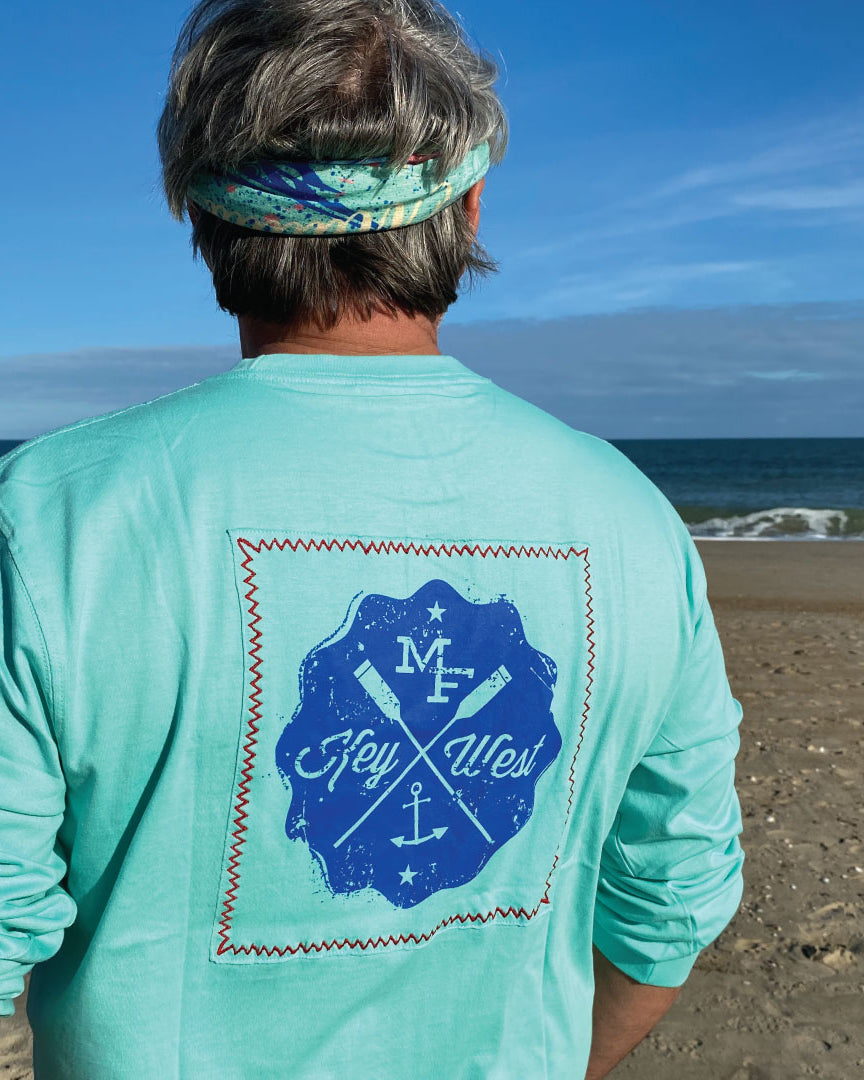For Medicinal Purposes
How that refreshing Gin & Tonic came to be.
There are three historic events that are not just relevant, but, when combined created the situation that gave rise to gin and tonics as a medicine. Yes, that’s correct. Every G & T you enjoy exists due to a major medical breakthrough about 200 years ago. Let’s lay that groundwork.
First…
- As early as 1632 bark extracts from the Cinchona tree were used to treat malaria. The quinine, which is an alkaloid, within that bark was first isolated in 1820 and become a prevalent medicine in its time. Jesuit missionaries were the first to bring cinchona back to Europe.
- To be more specific, a trained apothecary who was also a Jesuit, Agostino Salumbrino, noticed its effectiveness in treating the “shivers” from malaria. He sent a batch back to Rome for additional testing. That got the dominos rolling.

















